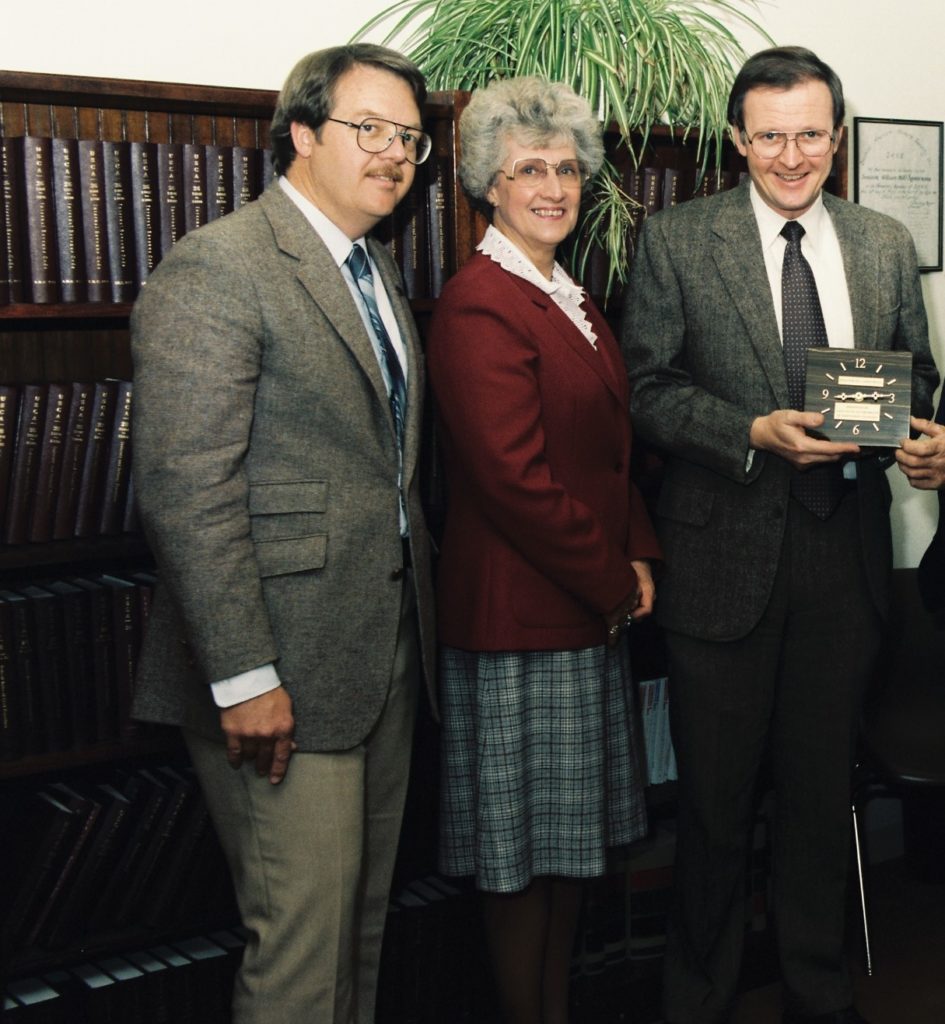I did a double take when I saw the headline, “Meeker County to call on Congress to pay up for federal lands.” I thought it must be a typo because Meeker is a town not a county (it’s in Rio Blanco County). The subtitle repeated it: “Analysis of public lands in Meeker County found that federal revenues fall short of what property taxes would generate.”
I wondered what reporter made such an error, but then noticed it was from the West Central Minnesota Tribune, an area where there is in fact a “Meeker County,” an entirely different place named for an entirely different historical figure. But the headline certainly makes clear that the two communities have something in common. South Central Minnesota and Western Colorado are both largely rural, contain federal lands, and do not get their fair share of Payments in Lieu of Taxes (PILT).
PILT is a perennial issue in Meeker County, Minesota because federal agencies own 10,000 of the 400,000 acres there, and federal land cannot be taxed by counties. By contrast, Rio Blanco County, Colorado is more than two-thirds federal land, including Flat Tops Wilderness, White River National Forest, and more BLM land than the combined size of Meeker and two neighboring counties in Minnesota. In fact, the federal government owns more than half of the entire Western Slope of Colorado, including over 95 percent in counties like Hinsdale and San Juan.
Yet despite vast differences in acreages, many states west of the Mississippi have the same issue. Federal land ownership takes property off the tax rolls, on which local governments depend for their annual revenue, including school districts. That shifts the burden onto other taxpayers and leaves local governments in the West at a disadvantage in providing essential services. This is the issue that made Jim Evans one of the great unsung heroes of the West.
Jim Evans came to Western Colorado in 1981 as the new director of the Colorado West Area Council of Governments, soon renamed Associated Governments of Northwest Colorado (AGNC). Initially attracted by the coming boom in oil shale, which quickly turned into a bust, Evans spent the next 24 years heading AGNC, working on behalf of local governments in an area dominated by federal land ownership. That necessarily meant an almost continuous involvement in lobbying for PILT and related federal assistance, including several extraordinary victories along the way.
He was well positioned to lead PILT funding efforts on behalf of rural counties, because he was, in fact, the father of PILT. Many of his Colorado friends never fully appreciated his expertise, but he came to AGNC from the National Association of Counties, where in the 1970s as director of the western states district, he spent years working the halls of Congress to convince lawmakers that the federal government owed local governments compensation for the loss of tax revenue. He argued that such payments would not be a gift, but that counties with public lands provide critical services on those lands: law enforcement, search and rescue, fire management, waste disposal, emergency medical services, road and bridge maintenance, and more. Because federal land is not taxable, direct payments “in lieu of taxes” would provide crucial revenue to offset counties’ property tax losses, and reimburse them for those services.
The result was the 1976 enactment of Public Law 94–565, officially establishing the PILT program, though initially the amounts were subject to annual appropriation battles.

By 1982, then at AGNC, Jim Evans led other local officials in getting Congress to amend the law and adopt a distribution formula based on population and federal acreage within a county. In 2004 he was instrumental in finalizing Interior Department procedures for administering PILT, a system still in place today. Congress finally made appropriations “mandatory” in 2008, “entitling” counties to the formula-based funds, annual appropriation bills notwithstanding. Ever since, Congress has appropriated virtually all the funding authorized under the formula, a massive improvement thanks largely to Jim Evans.
Meeker County, Minnesota, and many others, continue to argue the issue, because even the agreed-upon formula still disgracefully underpays. Officials there estimate they only receive 11 percent of the revenue that would be realized if those lands were private. A federal official argued that the number is closer to 23 percent. That should make local taxpayers feel better.
Jim Evans has since passed, but his legacy is critical to the West, where local governments continually work for PILT funding, now with a much stronger fairness argument, authored by Jim Evans.




Comments on this entry are closed.